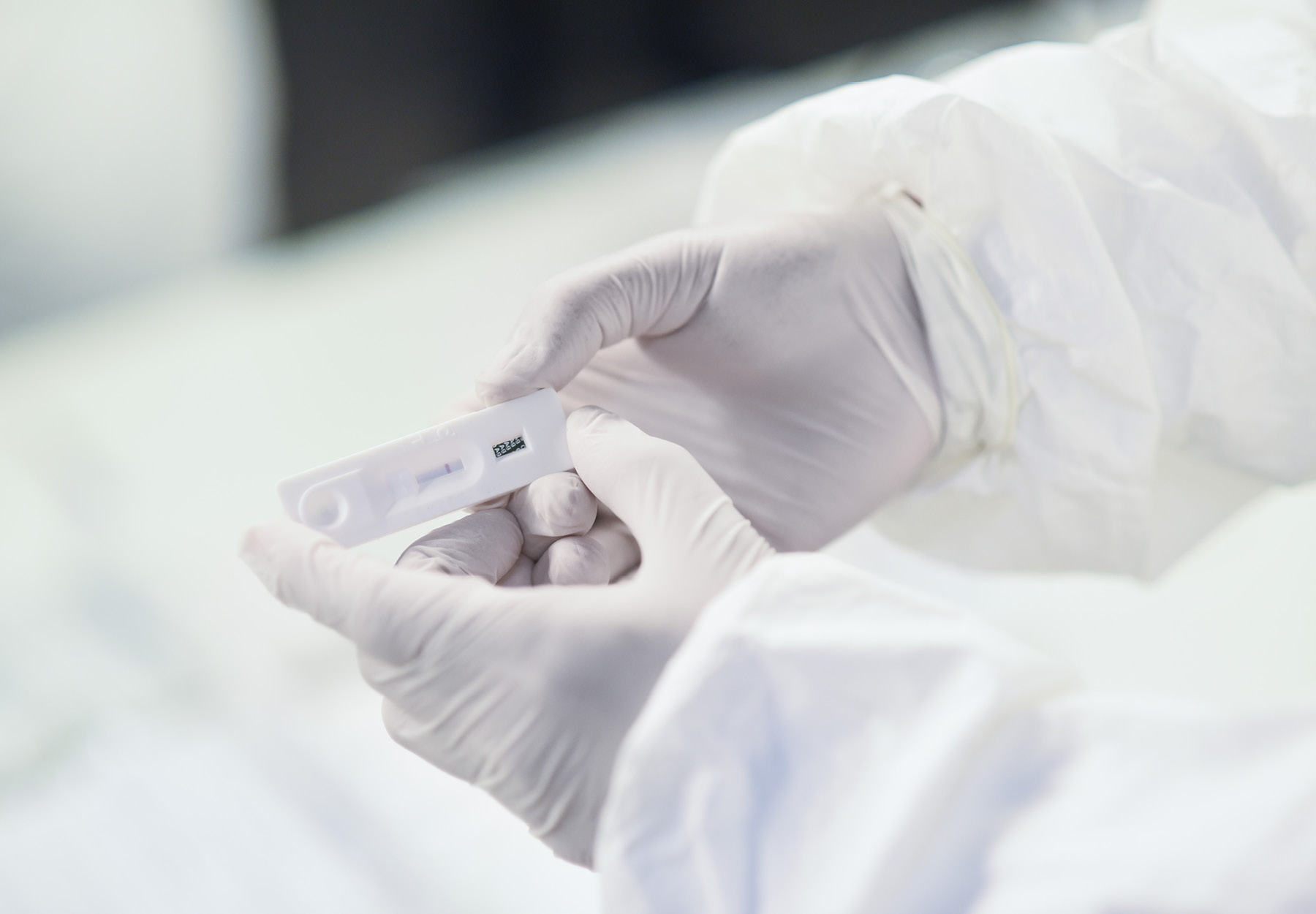EC to Phase in New In Vitro Diagnostic Regulation, Starting May 26
These have been stressful times for laboratories and companies that sell diagnostics products in Europe. The reason for that is that a massive new regulation that nobody is prepared to comply with is slated to take effect on May 26, 2022. It still will. However, now the European Union (EU) announced that the new In Vitro Diagnostic Regulation (IVDR) will not take effect all at once. Instead, it will be rolled out gradually in stages, depending on the nature of the product and risks it poses. EC Regulation of In Vitro Diagnostics The European Commission (EC) and the European Parliament adopted the ((EU) 2017/746) legislative framework for regulation of in vitro medical devices, such as HIV, pregnancy, and SARS-CoV-2 tests in April 2017. That framework consists of two parts: The new medical devices regulation (MDR); and The IVDR. The MDR was originally scheduled to take effect for two years, starting in May 2020, before being replaced by the IVDR in May 2022. Disruption from the global COVID-19 pandemic forced postponement of the MDR; but the EC stubbornly stuck with the May 2022 deadline for the IVDR. Impact on Laboratories and Device Companies To comply with the regulation, laboratories, what are […]

EC Regulation of In Vitro Diagnostics
The European Commission (EC) and the European Parliament adopted the ((EU) 2017/746) legislative framework for regulation of in vitro medical devices, such as HIV, pregnancy, and SARS-CoV-2 tests in April 2017. That framework consists of two parts:- The new medical devices regulation (MDR); and
- The IVDR.
Impact on Laboratories and Device Companies
To comply with the regulation, laboratories, what are called “authorized representatives,” and other stakeholders must carry out major operational tasks such as revising documentation about their products, recruiting new staff, and updating internal procedures. Expecting all of this to be accomplished by May 26, 2022 was completely unrealistic, even if a pandemic was not raging across the planet. The other major bottleneck was the limited number and capacity of what are called Notified Bodies (NBs) responsible for certifying all of the diagnostics that need to be assessed for the first time before the IVDR can go into effect. The IVDR will bring around 80 percent of in vitro diagnostic medical devices under the control of NBs, as opposed to just the eight percent covered by current regulation. With the deadline less than a year away, only six entities were able to achieve certification. Even the EC acknowledged that lack of certification of NBs so close to the implementation date represents a “grave crisis.”The New IVDR Rollout Plan
After initially doubling down on the May 26, 2022, start date, the EC has finally accepted the reality of the situation and agreed to roll out the IVDR progressively. While leaving the substantive requirements intact, the new plan provides for longer transition periods, i.e., grace periods in which current certification will remain acceptable, for different types of devices, depending on the risks they pose:- Certificates for lower-risk Class B and sterile Class A devices will remain valid until May 26, 2027;
- Certificates for medium-risk Class C devices, which covers most molecular tests, including genetic tests, companion diagnostics, infectious disease tests, and assays for stratifying cancer patients, will remain valid until May 26, 2026; and
- Certificates for higher risk Class D devices, such as HIV or hepatitis tests, will remain valid until May 26, 2025
Caveat: May 2022 Deadline Still Applies to CE Devices
It is important to note that the new rollout plan does not delay the implementation deadline for CE-marked devices. Impact: All tests that do not currently have CE-IVD certificates will require clearance by an NB under the new rules after May 26, 2022.Subscribe to Clinical Diagnostics Insider to view
Start a Free Trial for immediate access to this article